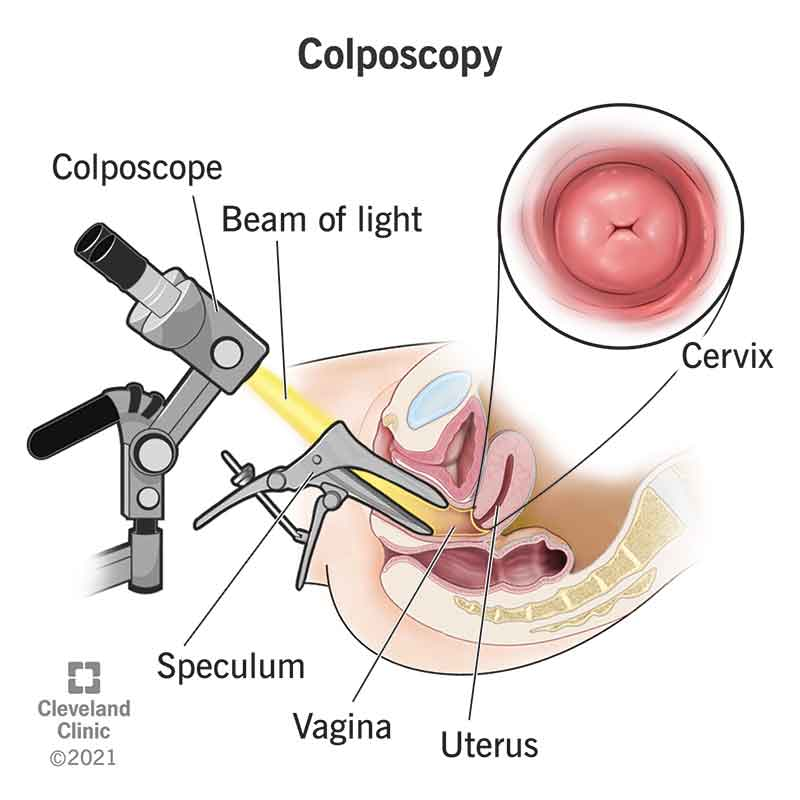A nurse is assessing a client who has a new skin lesion that has a wavy border. The nurse should document the lesion using which of the following descriptions?
Annular
Circinate
Coalesced
Serpiginous
The Correct Answer is D
Choice A reason:
Annular lesions are ring-shaped with a clear center, which does not describe a lesion with a wavy border. This term is typically used for lesions like ringworm, which present as circular rashes with normal skin in the center.
Choice B reason:
Circinate lesions are also circular but are not characterized by a wavy border. They are similar to annular lesions but often have a more rounded edge and are associated with conditions like psoriasis.
Choice C reason:
Coalesced lesions refer to multiple lesions that have merged to form a larger one. While they can have irregular borders, 'coalesced' does not specifically describe the wavy nature of the border.
Choice D reason:
Serpiginous lesions have a wavy or snake-like border, which matches the description provided by the nurse. This term is often used for parasitic infections, such as cutaneous larva migrains, which create a trail-like pattern on the skin.
Nursing Test Bank
Naxlex Comprehensive Predictor Exams
Related Questions
Correct Answer is B
Explanation
Choice A reason:
Asking about the identity of the assailant, while important for legal purposes, does not contribute to the immediate medical care of the client. The priority is to address potential health issues, such as exposure to HIV.
Choice B reason:
The timing of the assault is critical because it determines the eligibility for PEP. PEP should be initiated as soon as possible, ideally within 2 hours, but it can be effective up to 72 hours after exposure. Knowing the exact time of the assault helps healthcare providers act swiftly to mitigate the risk of HIV transmission.
Choice C reason:
While knowing where the assault occurred can provide context and may be relevant for legal proceedings, it does not influence the immediate medical treatment plan for potential HIV exposure.
Choice D reason:
Consent to involve law enforcement is a separate issue from medical treatment. While it's important to respect the client's wishes regarding reporting, it does not impact the decision-making process regarding HIV prophylaxis.
Correct Answer is B
Explanation
Choice A reason:
The statement "This procedure is routinely performed during a Pap test" is incorrect. A colposcopy is not routinely performed during a Pap test; it is a separate procedure that is often recommended if a Pap test shows abnormal results. The colposcopy allows for a closer examination of the cervix, vagina, and vulva to detect any signs of disease.
Choice B reason:
The statement "During the procedure, a biopsy may be performed" is correct. If the healthcare provider sees an area of concern during the colposcopy, they may take a small sample of tissue (biopsy) from the cervix or from inside the opening of the cervix.
Choice C reason:
The statement "Do not eat or drink after midnight tonight" is not necessary for a colposcopy. Unlike some surgical procedures that require general anesthesia, a colposcopy is usually done with local anesthesia, and fasting is not required.
Choice D reason:
The statement "You will have general anesthesia during this procedure" is incorrect. General anesthesia is not typically used for a colposcopy. The procedure may cause some discomfort, but it is usually performed using local anesthesia or no anesthesia at all.

Whether you are a student looking to ace your exams or a practicing nurse seeking to enhance your expertise , our nursing education contents will empower you with the confidence and competence to make a difference in the lives of patients and become a respected leader in the healthcare field.
Visit Naxlex, invest in your future and unlock endless possibilities with our unparalleled nursing education contents today
Report Wrong Answer on the Current Question
Do you disagree with the answer? If yes, what is your expected answer? Explain.
Kindly be descriptive with the issue you are facing.
